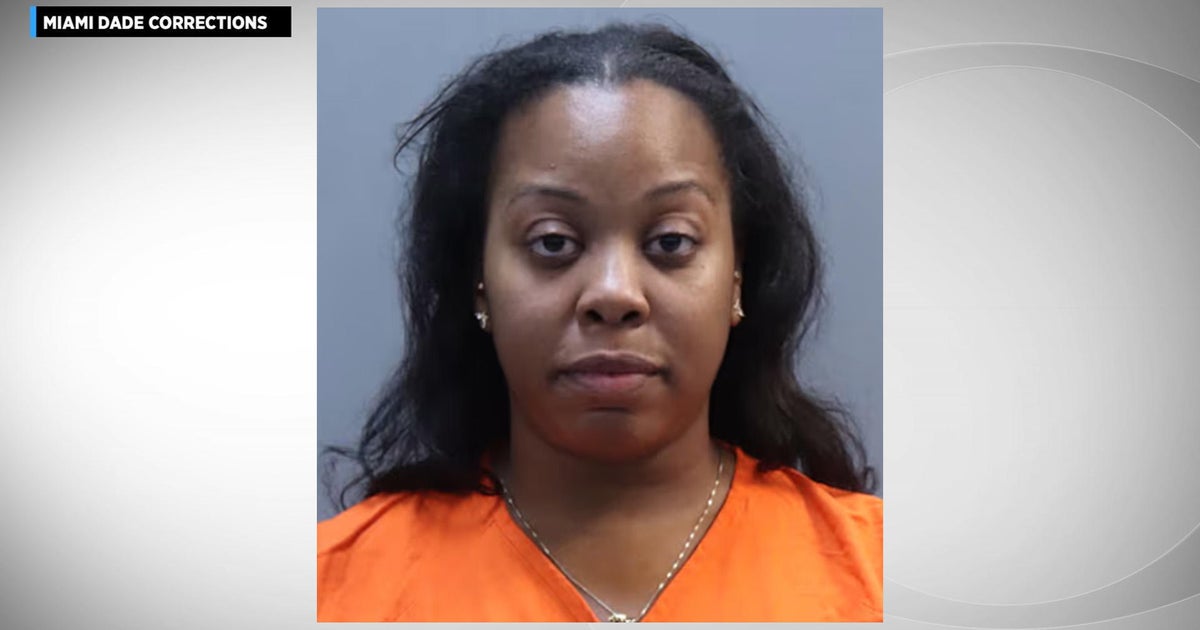An Icelandic man watched lava from volcano eruption burn down his house on live TV
Hrannar Jon Emilsson had been waiting for months to move into his new home in the small fishing village of Grindavík, Iceland. Then on Sunday, he watched it get swallowed up by lava – on live TV.
The house was destroyed by southwestern Iceland's second volcano eruption in less than a month. The first time it recently erupted was on Dec. 19, weeks after Grindavík's roughly 3,800 people were evacuated from the area as earthquakes spawned a miles-long crack in the earth and damaged buildings. That eruption was short-lived, however, and residents were able to return to their homes right before Christmas on Dec. 22.
Then on Sunday morning, the eruption began again, sending lava flows toward the fishing village. Once again, the town had to evacuate, with the country's meteorological office saying that a fissure had opened just north of the town, sending lava into the village.
Emilsson was watching it all unfold through the local news – and that's when he saw the home he had been building "going up in smoke."
"Then they played a song making me burst out laughing. The song they played was 'I'm Sorry,' at the same time I watched my house burn down. ... I did not know how to respond to this: Smile, laugh or cry, I really don't know," he told local media, adding that just last week he had asked electricians to finalize their work so he could make arrangements to move into the house before spring.
"I had intended to move into the house before Christmas. The same house that I watched burn down in live coverage," he said. "...Things change fast."
As of Tuesday morning, the Icelandic Meteorological Office said there is no longer any "visible activity within the eruptive fissures." The most recent lava was seen coming from a fissure north of the town just after 1 a.m. on Tuesday, and the office said decreasing seismic activity shows "the area is stabilizing."
The magma, however, is still migrating, the office said, and GPS sensors show that it is "still causing expansion" in Grindavík. Thermal images have also shown that fissures that formed southwest of the town "have significantly enlarged."
"At this point, it is premature to declare that the eruption is over," the office said Tuesday morning. "...Considerable hazards persist in the area."





